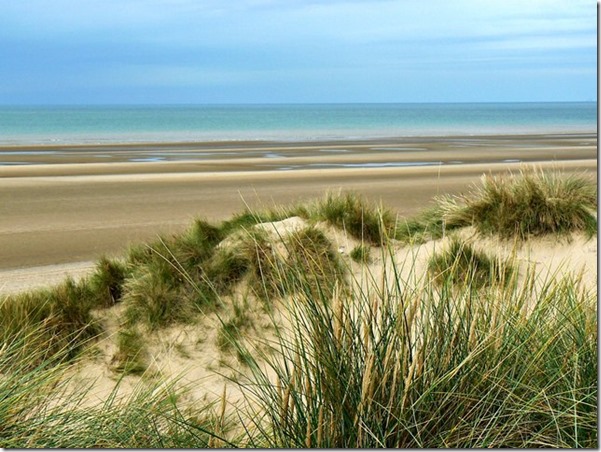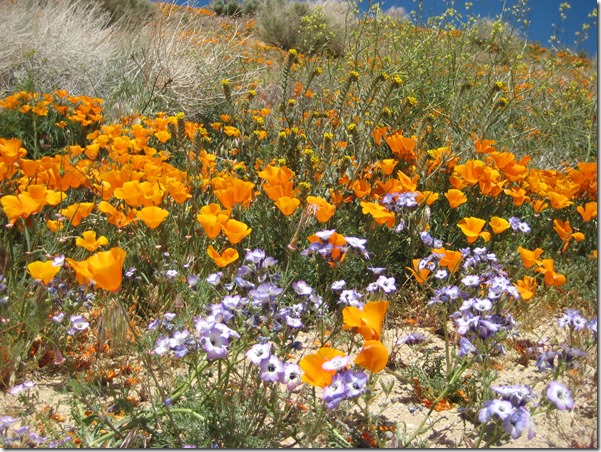
Design Inspiration -Renewing the bond with nature
Almost every day I walk (or rather run) my dog Oliver in the grassy dunes backing a small, unspoilt white sand beach called Shanawalla. This pristine little wilderness of about five acres changes quite dramatically through the seasons. In winter, after weeks of relentless rain, natural lakes of rainwater form and remain until March or April, so that you have to navigate your pathways carefully to avoid a lake or pond cul-de-sac. Curlews, oystercatchers, grey herons and white cattle egrets paddle about, picking up whatever food they can find, sheltered a little from the prevailing south west winds and flapping away at the sight and sound of Oliver. Unbeknown to them he is not in the least interested in bird-chasing.
In spring the lakes and ponds gradually recede, the sword-like, light green shoots of wild iris and the clear blue of forget-me-nots appear and the musky smell of the elegant yellow flags combines with the fabulous and iconic scent of white hawthorn blossom. White, light blue, soft yellow, light green – perfect spring colours for the soft low light of the season. Excited rabbits dash about, digging new burrows and intent on maintaining their reputation as ace breeders. The newly emerging grass turns a brilliant emerald green.
Now, in high summer the entire area is filled with wild flowers, untouched by herbicides, pesticides or any other chemicals. While Oliver scampers about, enthusiastically seeking bolting bunnies (he always looks the wrong way) I am free to observe the bountiful and untrammelled wild plants beneath my feet. I love the old, common names, so much more evocative than their Latin identities. Self-heal, knap weed, bird’s eye, lady’s bedstraw, hawk weed, orchids (loads of them), scarlet pimpernel, moon daisies, purple vetch and yellow rattle jostle for attention amongst meadow buttercups and occasional thistles. The predominantly purple and yellow colour combination is ideal for replication in perennial plantings for summer borders, when the light is harsher and bold colours make the strongest statements. Butterflies – meadow brown and chalk blue – and burnet moths flutter between nectar-rich plants. Beetles, bees and wasps go about their business. All is humming, calm and peaceful (except for Oliver).
As autumn approaches, the Marram grasses that anchor the dunes will disperse their seed heads to the gusting winds, the perennial plants will vanish to dormancy and the landscape will quietly retreat to the clean, bare lines of winter.
In the rarefied atmosphere of the design studio it is sometimes easy to forget from where the original inspiration and passion comes and why we so love to design gardens. The very process of designing and implementing that plan in a garden is one that is controlled and therefore essentially artificial, no matter how much the design tries to emulate nature. So I, for one, find it energising and refreshing to re-acquaint myself on a regular basis with the unsophisticated, sprawling, natural beauty of wild plants and wild places, whether it’s woodland, moor, coast or mountain.




